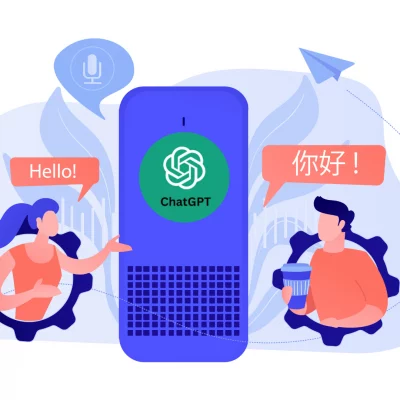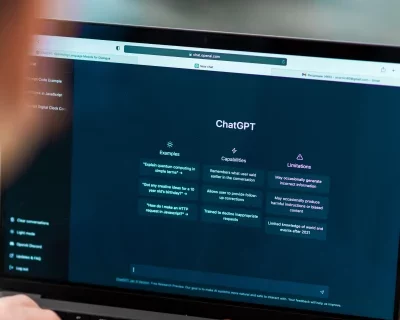The impact of ChatGPT on the machine translation industry

The impact of ChatGPT on the machine translation industry
There have been significant advances in machine translation in recent years, with the introduction of new technologies based on artificial intelligence. Among these technologies, ChatGPT, a language model developed by OpenAI, has had a particularly strong impact on the machine translation industry.
How ChatGPT works
ChatGPT is a machine learning model that uses OpenAI’s GPT-3.5 architecture. It is capable of generating text in a coherent and fluid manner, taking into account the context of the conversation. This enables it to interact with users in a more natural way and answer specific questions. One of ChatGPT’s key features is its ability to provide high-quality machine translations in a wide range of languages.
ChatGPT’s impact on the machine translation industry
ChatGPT’s impact on the machine translation industry has been remarkable. Firstly, it has significantly improved the quality of machine translations. Thanks to its ability to understand context and generate well-structured sentences, ChatGPT is able to provide more accurate and natural translations. This enables users to communicate more effectively in different languages, whether for personal or professional purposes.
In addition, ChatGPT has simplified the machine translation process by making it more accessible to users. Previously, machine translation often required advanced technical knowledge to set up and use translation systems. With ChatGPT, users simply interact with the model in a conversational way to obtain instant translations. This opens up new possibilities for people who are not IT experts but who need to translate content into different languages.
ChatGPT has also contributed to the creation of new machine translation services. Many companies have integrated ChatGPT into their products and services, offering advanced machine translation capabilities to their users. For example, some instant messaging platforms use ChatGPT to automatically translate conversations in real time, allowing users to communicate in their native language, even if they don’t understand the other person’s language.
The challenges of ChatGPT in the machine translation industry
However, despite its many advantages, ChatGPT also presents a number of challenges for the machine translation industry. Firstly, it can sometimes produce translations that lack precision or are not adapted to the specific context. As with any machine translation model, it is important to check and correct the translations generated by ChatGPT to ensure their quality.
In addition, the widespread use of ChatGPT raises ethical and confidentiality issues. As the model is based on pre-existing data, it may reflect biases or stereotypes in that data. It is therefore essential to monitor and correct these biases in order to avoid any potential discrimination or harm.
In conclusion, ChatGPT has had a significant impact on the machine translation industry. It has improved the quality of translations, made the process more accessible and contributed to the creation of new machine translation services. However, challenges remain, particularly in terms of accuracy and potential bias. Responsible and ethical use of ChatGPT is therefore essential if its full potential in the field of machine translation is to be realised.







